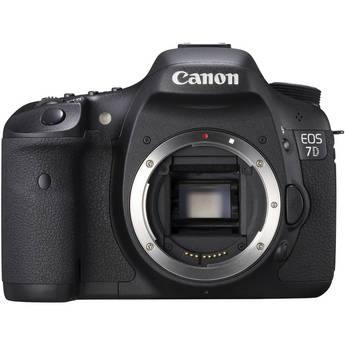Canon Patents 5-Layer Camera Sensor for Better Skin Tones
A new patent shows Canon is working on a sensor with ultraviolet, red, green, blue and infrared layers to take pictures with better skin tone.

Canon is working on a camera that could make your skin look perfect in every shot. The new type of sensor showed up in a patent and depicts five layers -- one each to capture ultraviolet, red, green, blue and infrared light.
According to Japanese blog Egami, which spotted the patent, the new technology is meant to capture better skin tones by determining what parts of the image are emitting the highest infrared light levels. Then, comparing the same sections of the image seen through the ultraviolet light layer, the sensor will remove blemishes such as uneven skin tones and wrinkles. Photos shot under ultraviolet light make blemishes such as freckles and discoloration more prominent.
MORE: Best DSLR Cameras
Currently, most sensors collect image data using light-capturing wells or cavities called photosites. Each photosite is covered by a filter that allows only one primary color — red, green or blue — to enter. The camera combines the three color readings to record each pixel that appears in the photo. A multilayer approach would let each photosite collect a full pixel's worth of color information.
Canon isn't the first company to work on a multilayer sensor. Foveon (owned by Sigma Corporation) makes a range of sensors with a technology called X3 that uses separate layers to harvest red, green and blue light. Sigma's SD9, SD10, SD14 DSLRs use the sensor technology, as do two Sigma compact cameras, the DP1 and DP2, and Polaroid's X530 compact.
Photography blog Northlight Images noted that Canon's addition of the infrared and ultraviolet layers could be an attempt to correct some color fidelity issues associated with Foveon's original design.
Canon's patent (No. 2014-103644) was reportedly filed in 2012 and published earlier this month (June). Word on the industry grapevine is that this multilayer technology will show up in the successor to Canon's EOS 7D, expected to debut later this year.
Get instant access to breaking news, the hottest reviews, great deals and helpful tips.
Follow Cherlynn Low at @CherlynnLow and on Google+. Follow Tom's Guide at @tomsguide, on Facebook and on Google+.
Cherlynn is Deputy Editor, Reviews at Engadget and also leads the site's Google reporting. She graduated with a Master’s in Journalism from Columbia University before joining Tom's Guide and its sister site LaptopMag as a staff writer, where she covered wearables, cameras, laptops, computers and smartphones, among many other subjects.
-
pills161 Cool technology but in the end I'd rather see imperfections and wrinkles, because it is the truth and not lies! With all the photochopping and airbrushing done to pictures, this kind of technology only furthers people to believe an unrealistic view on what perfection is. And photographers would then be pushing their pictures as "airbrush free" while hiding the fact that the picture was altered as it was being processed.Reply -
zannymonkey Sounds cool, but optical glass used in lenses is really effective at blocking UV and IR wavelengths. I don't think this will make it's way into consumer lenses without very expensive UV capable lenses.Reply -
undercovernerd6 How can apple patent swipe to unlock...its a motion. Its not the "same" its another take in a further direction of the technology. If u patent a car shape, the vehicle still needs a steering wheel.Reply -
reactive And most sensible people have a UV filter permanently attached to their lens just to protect the front element! Doh! I guess this sensor might be interesting for astronomers...Reply

